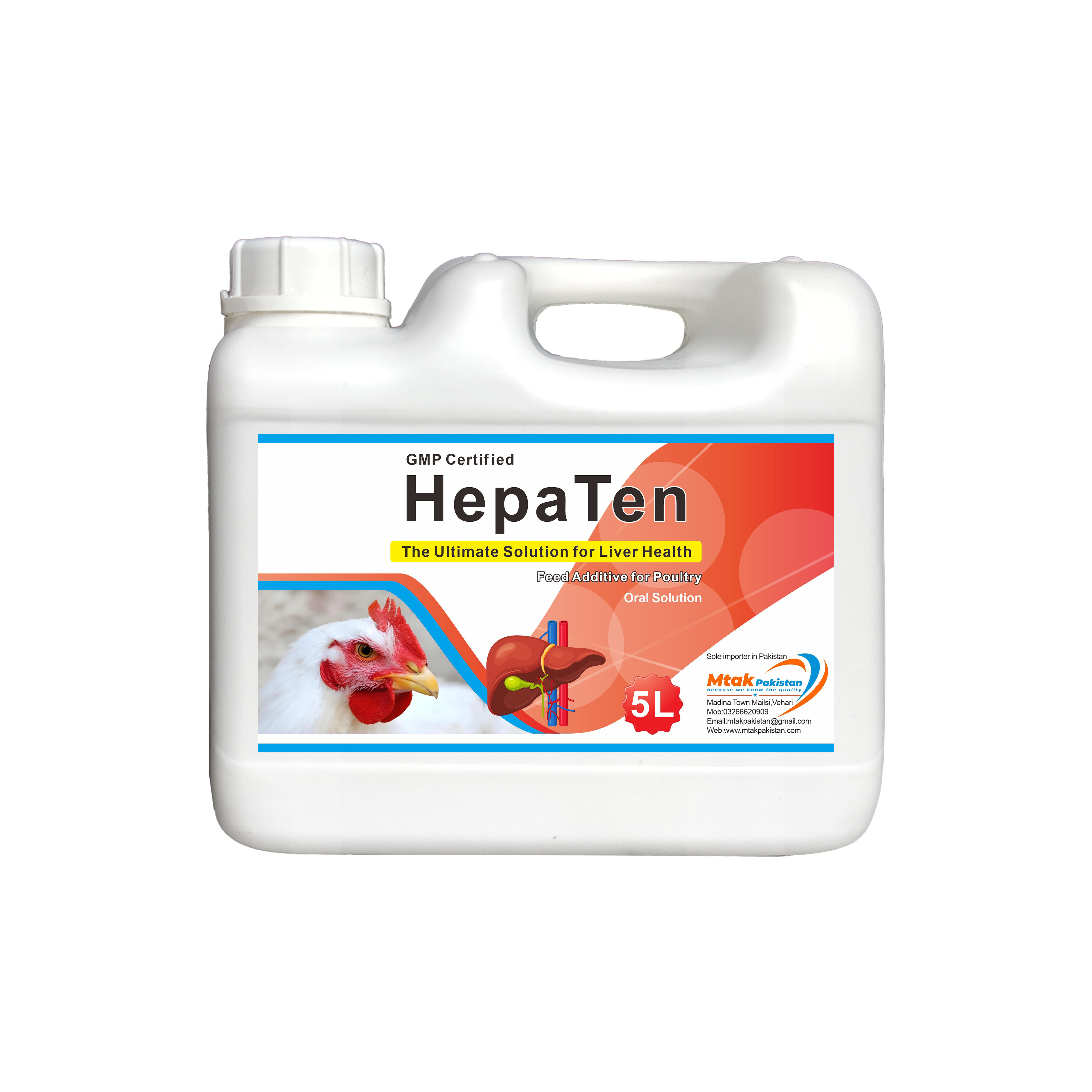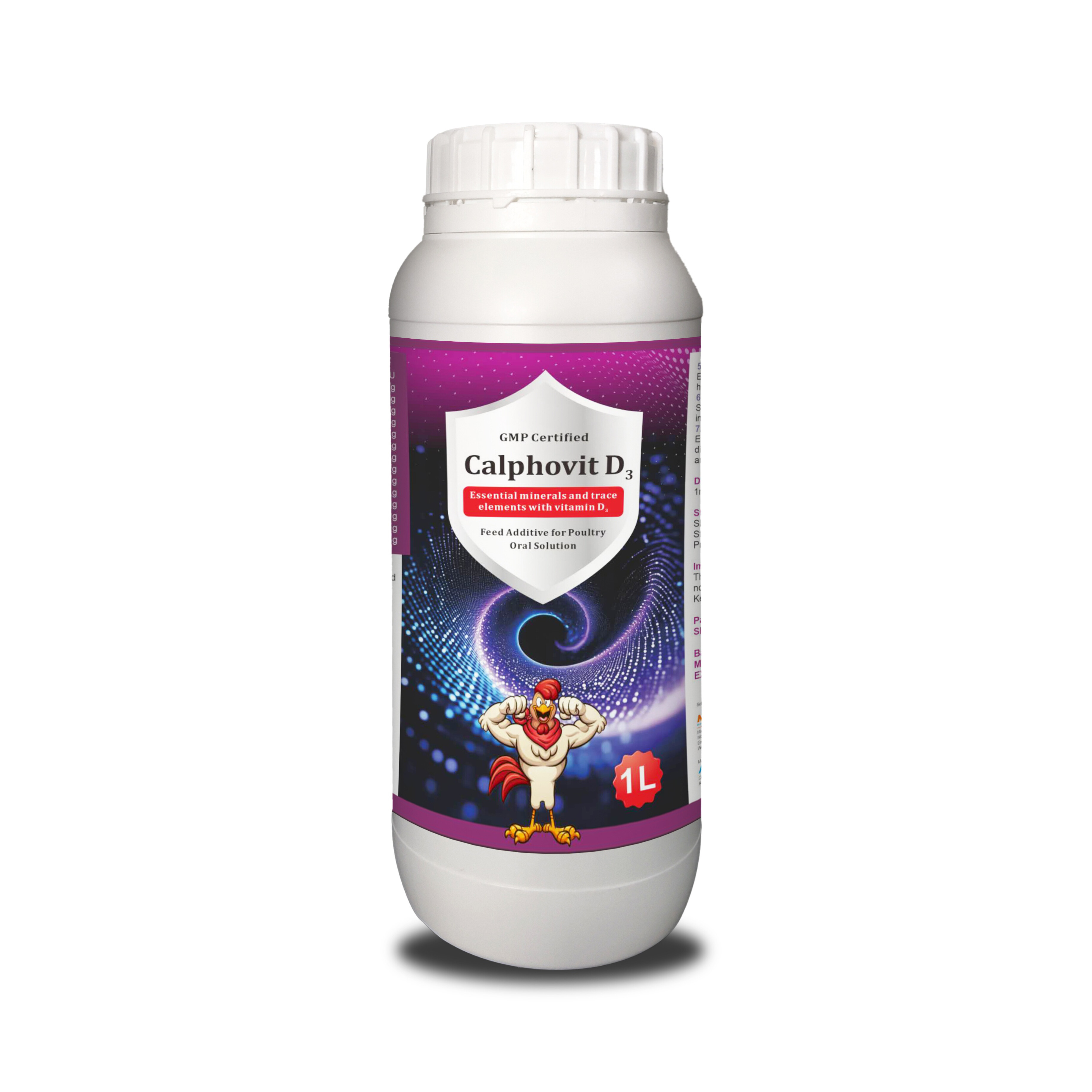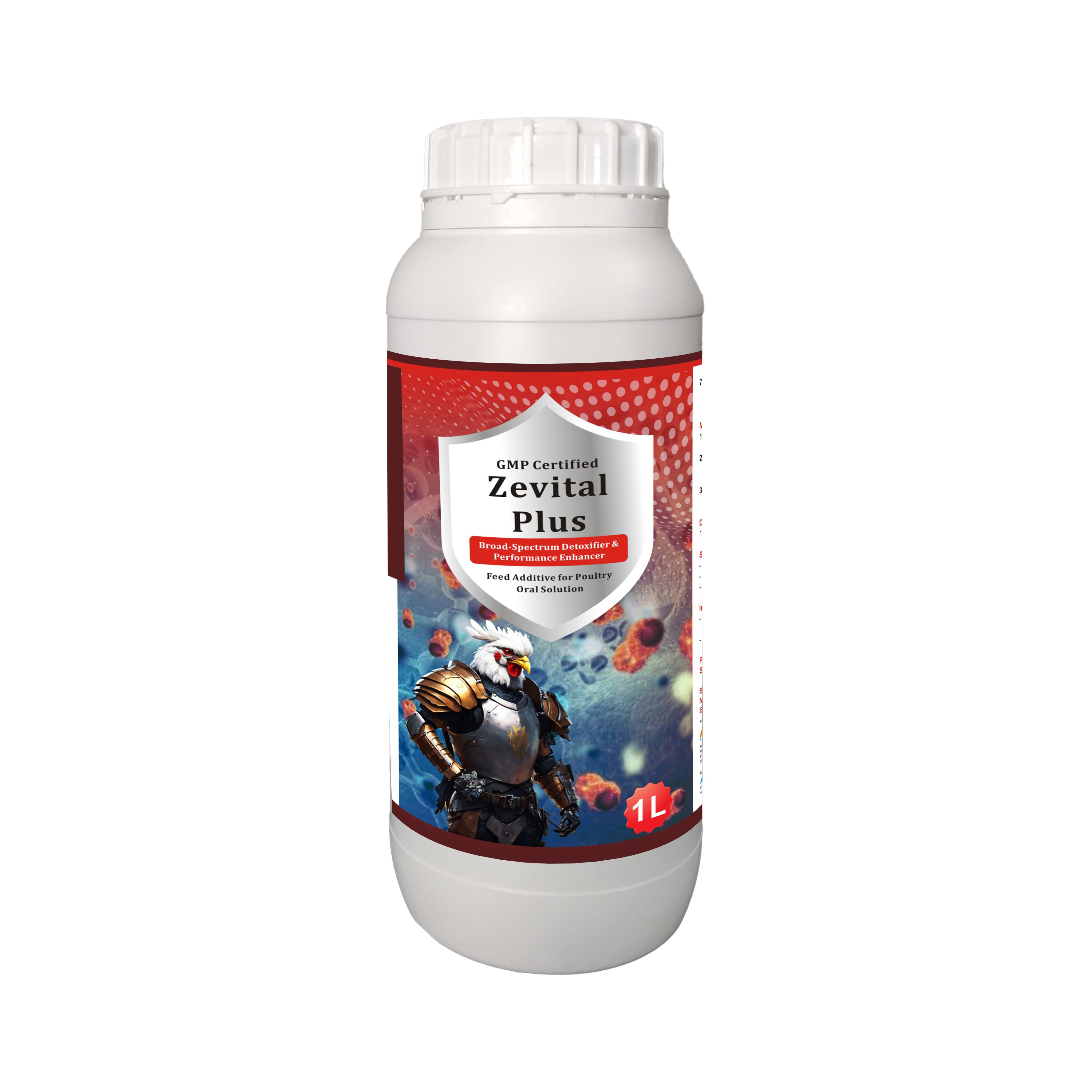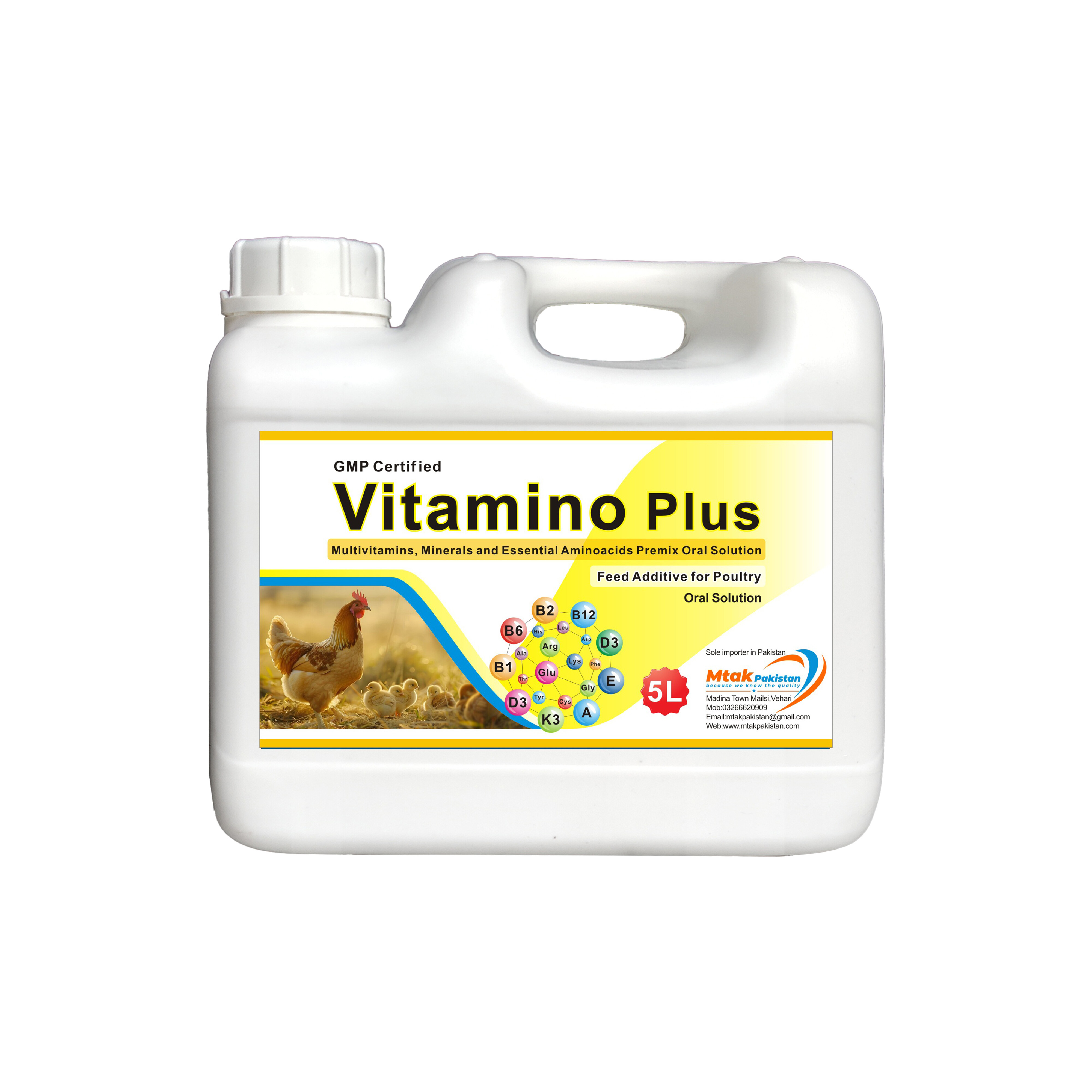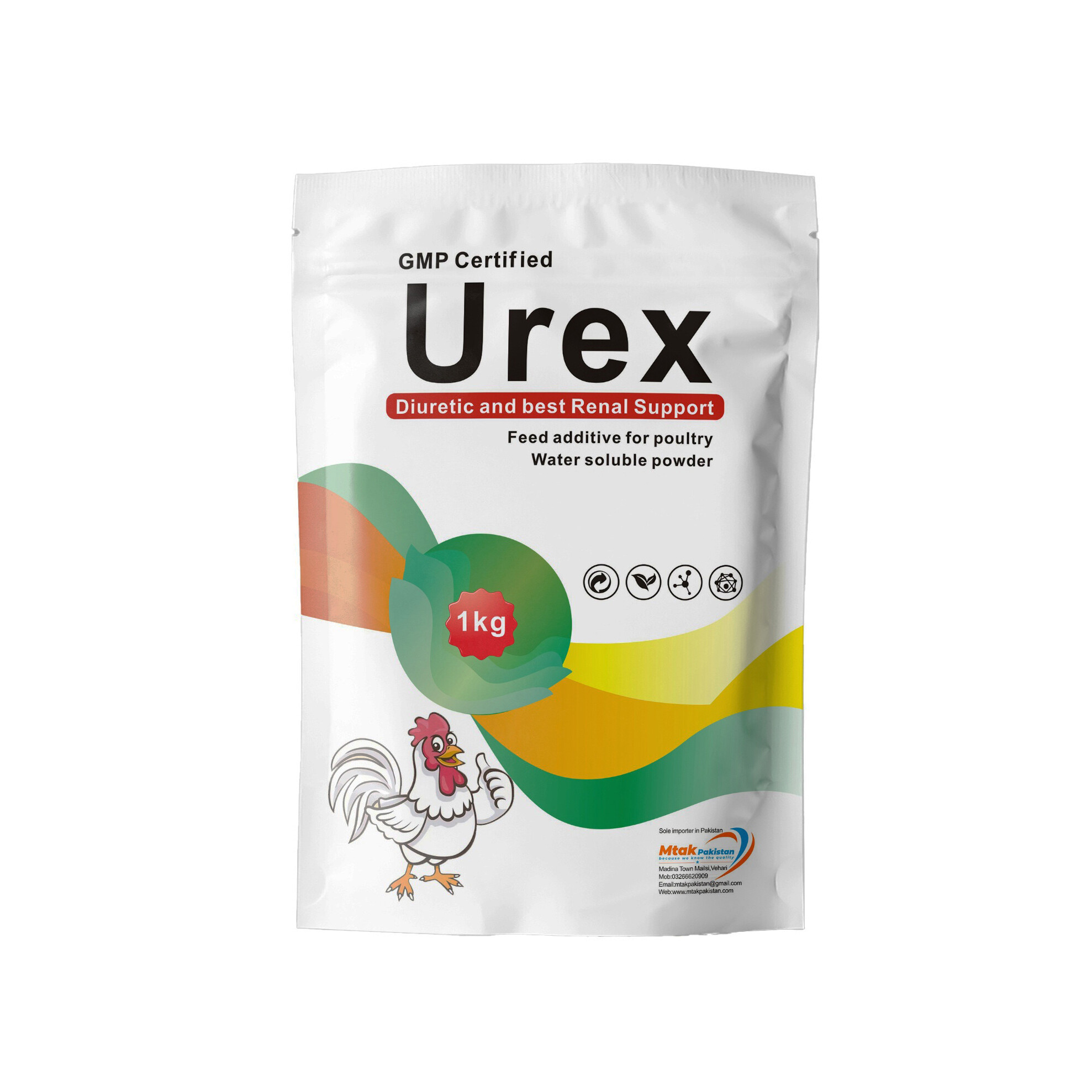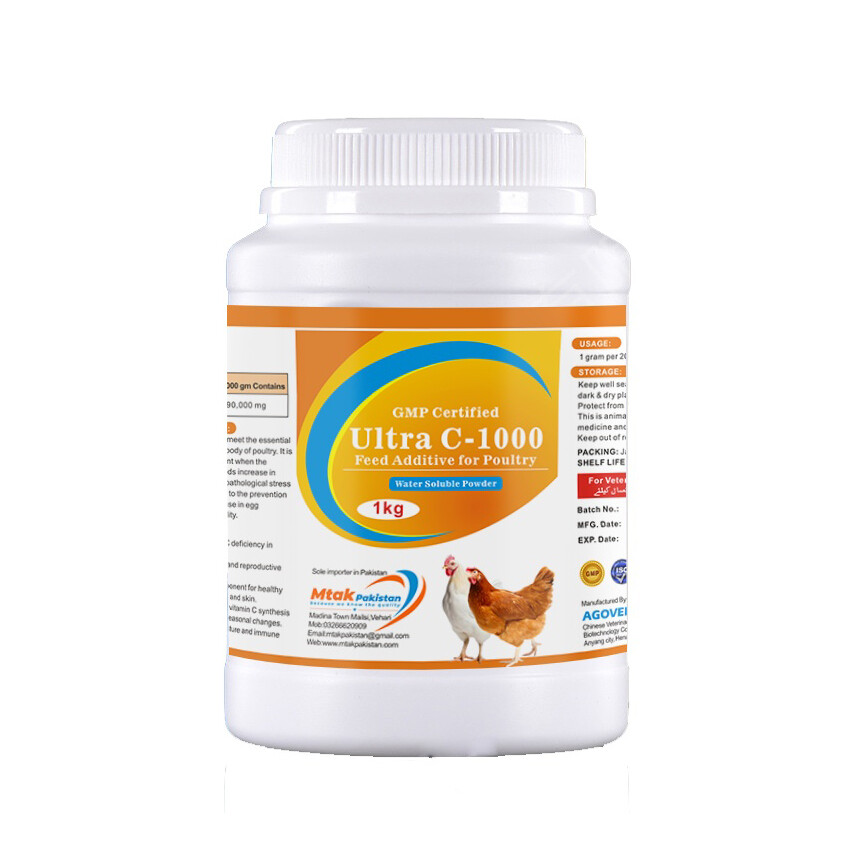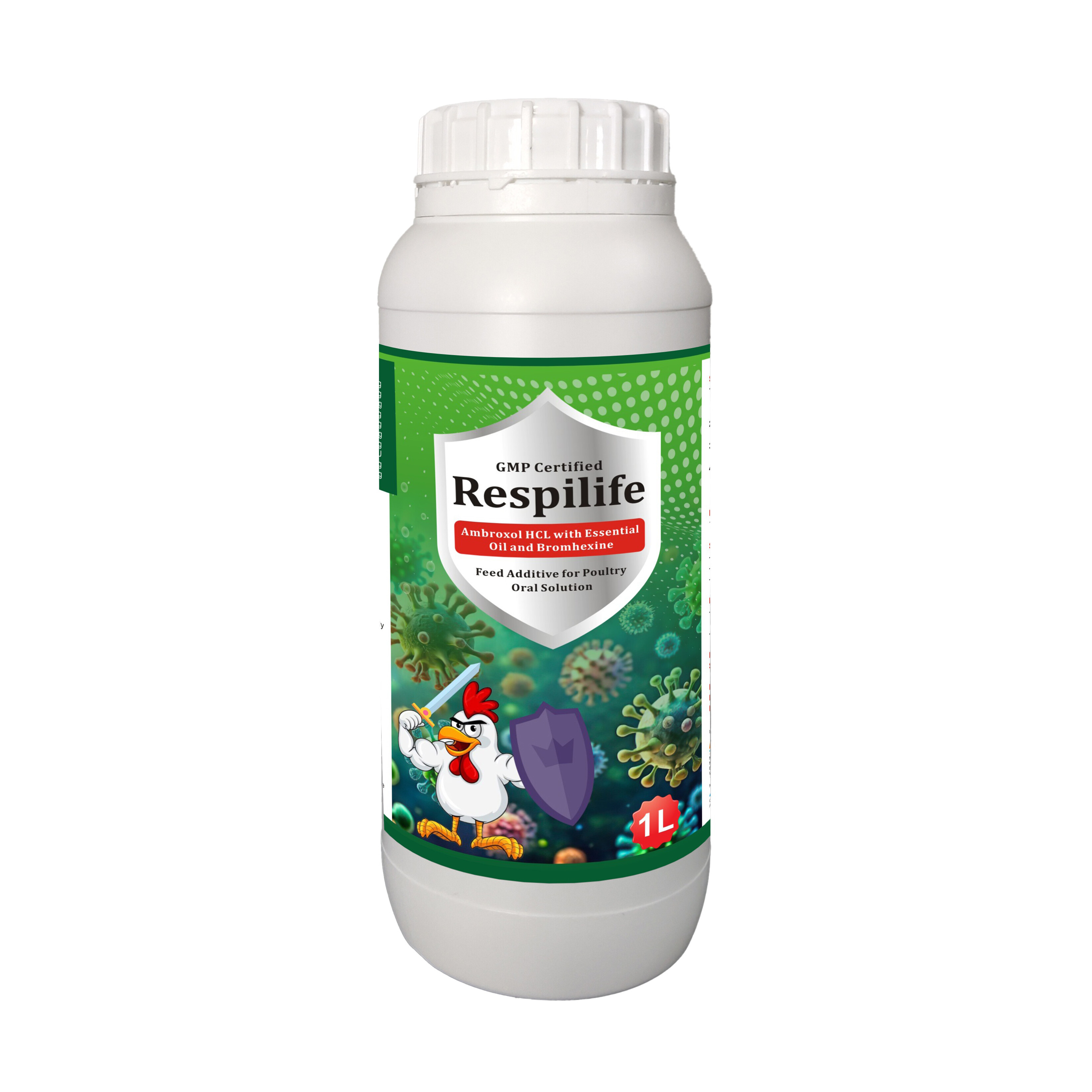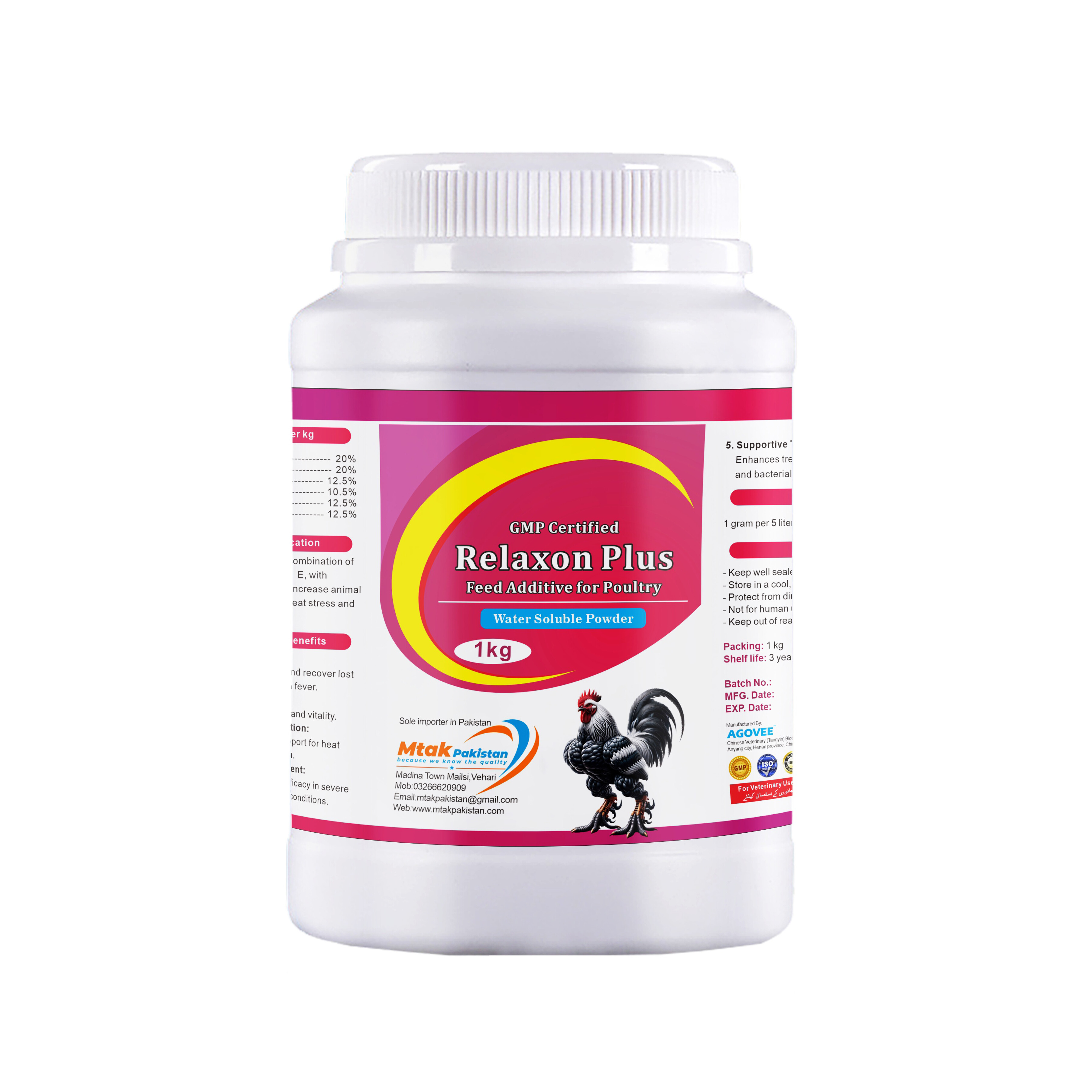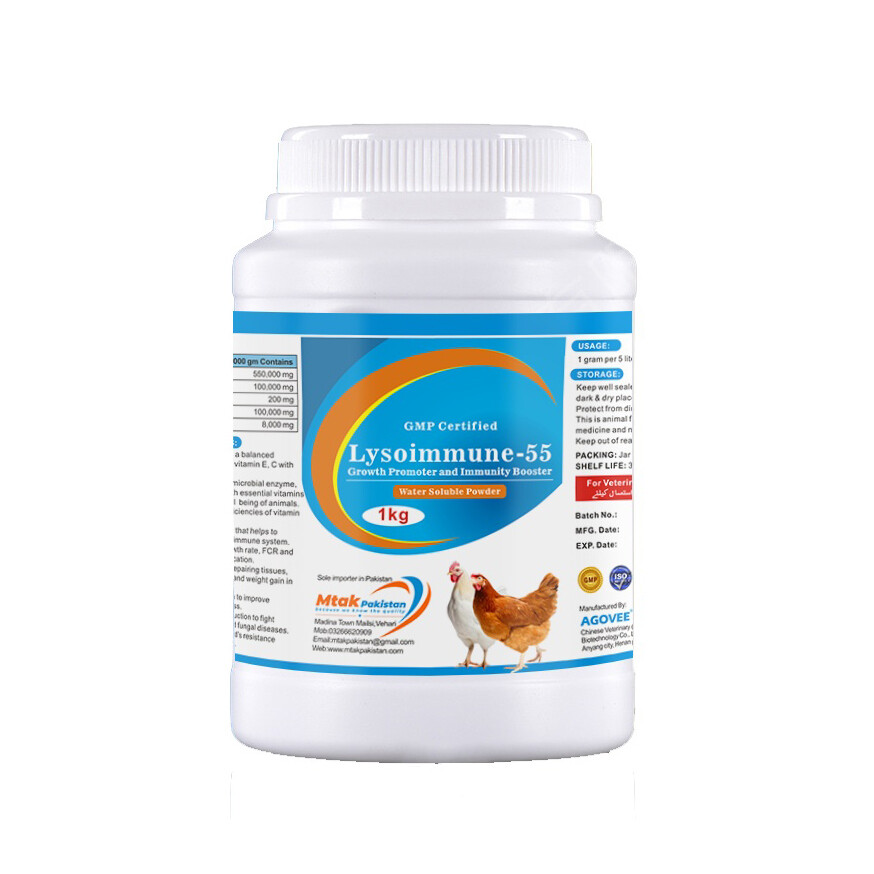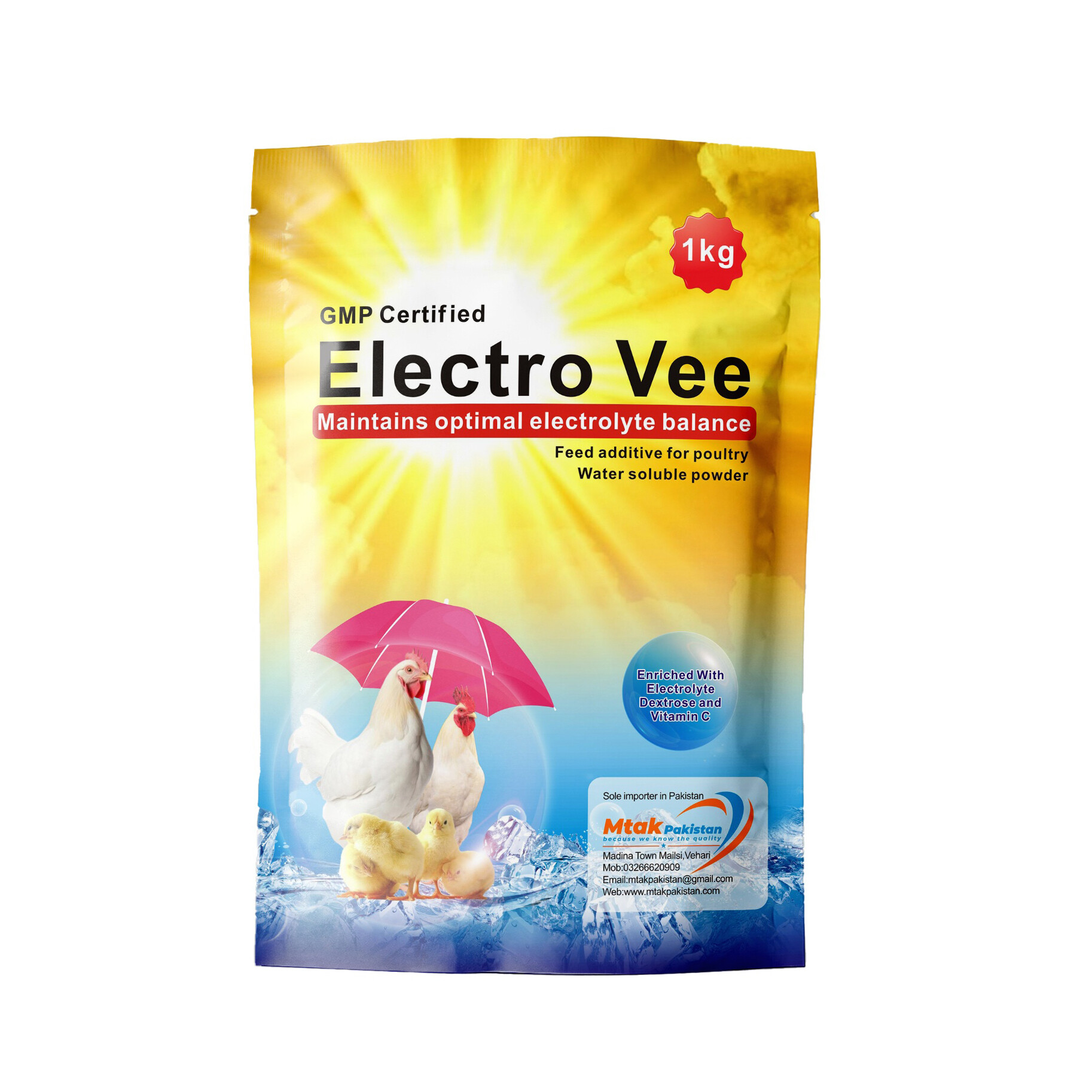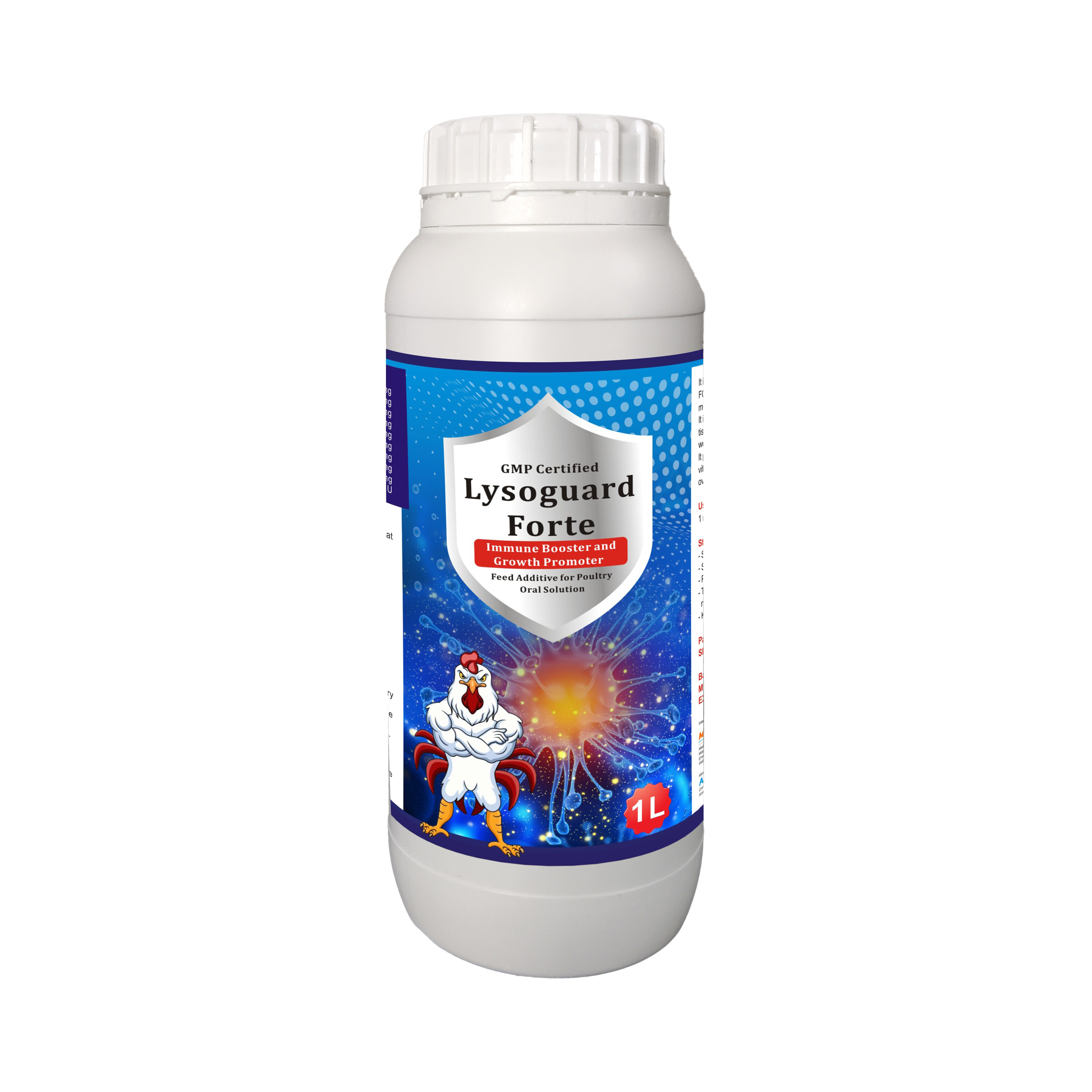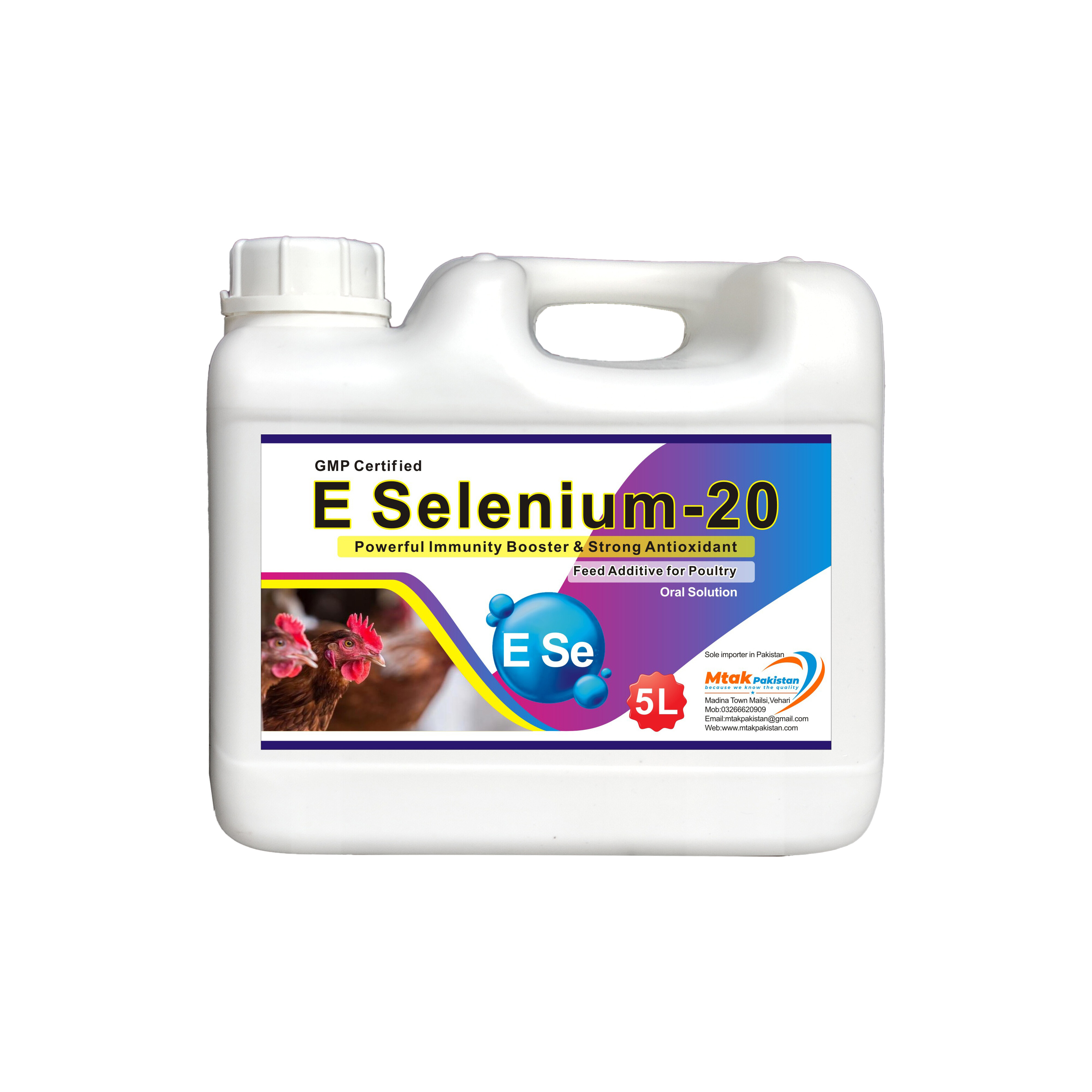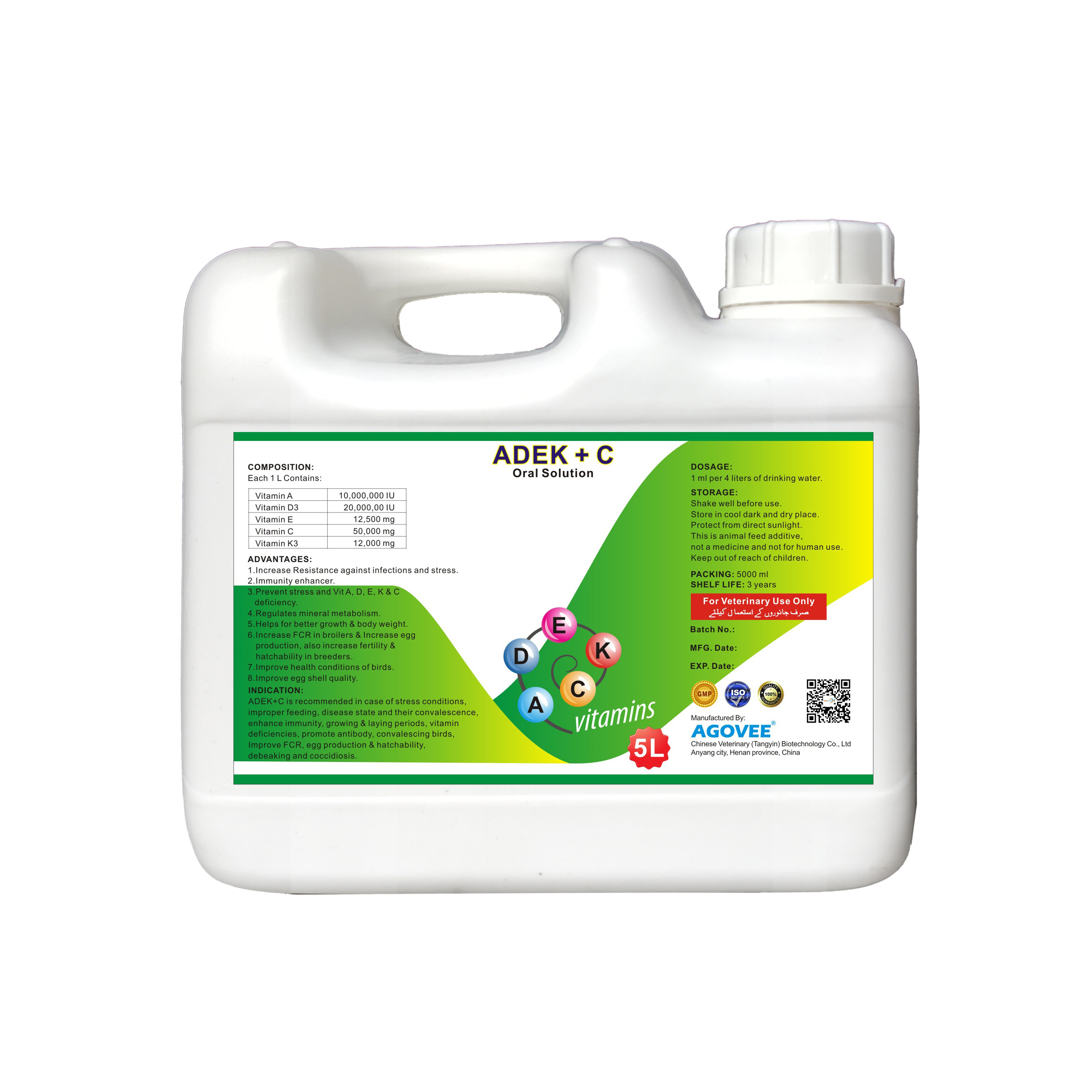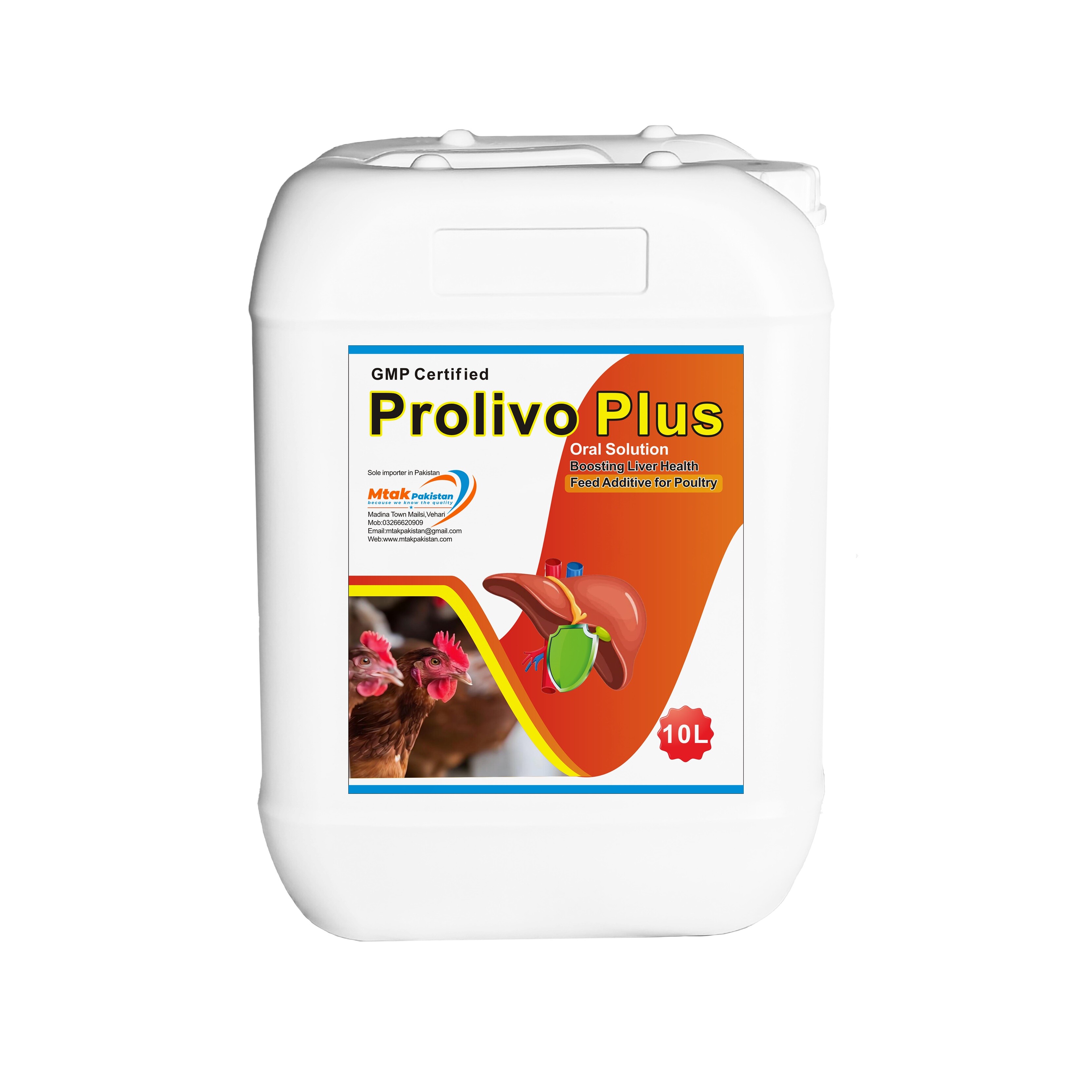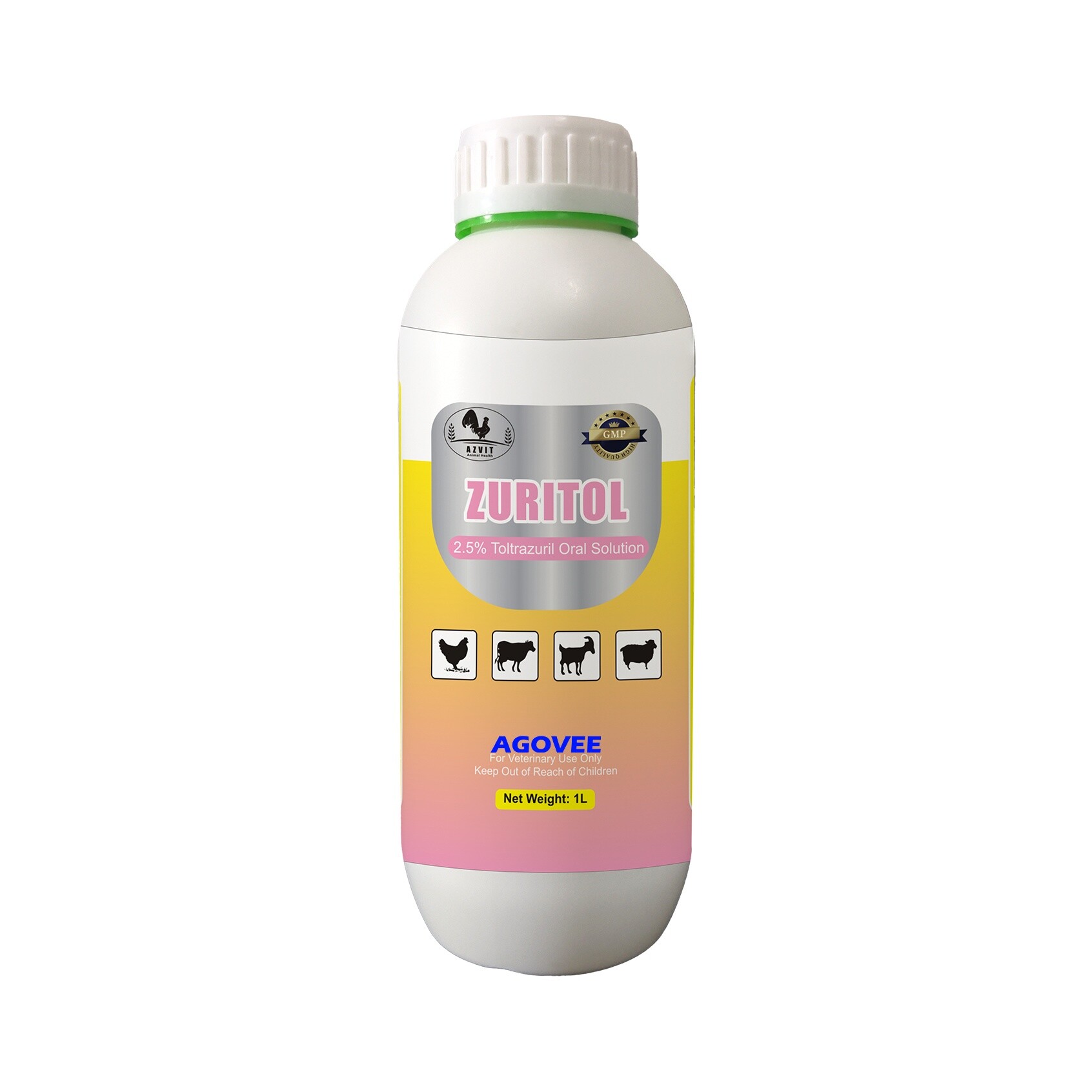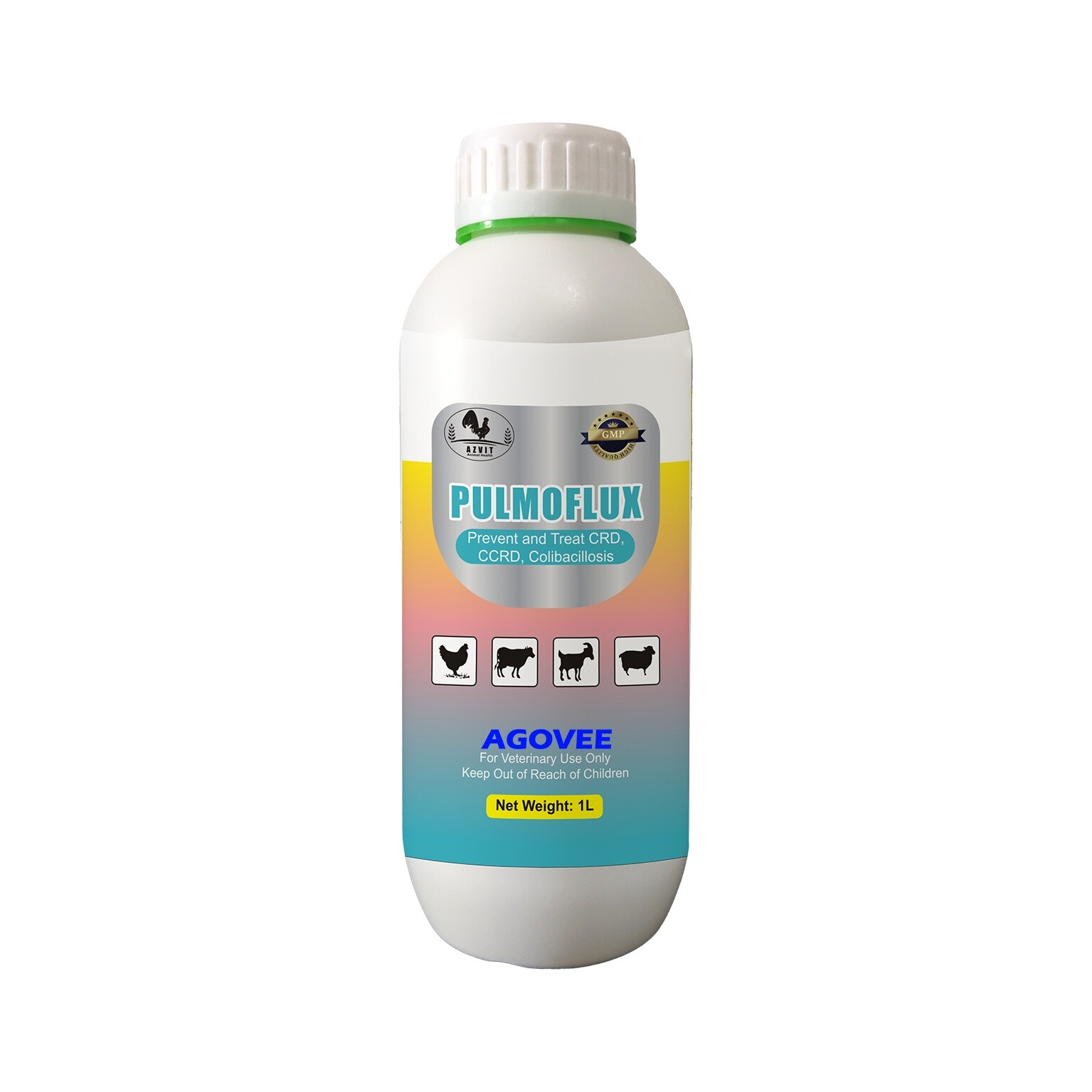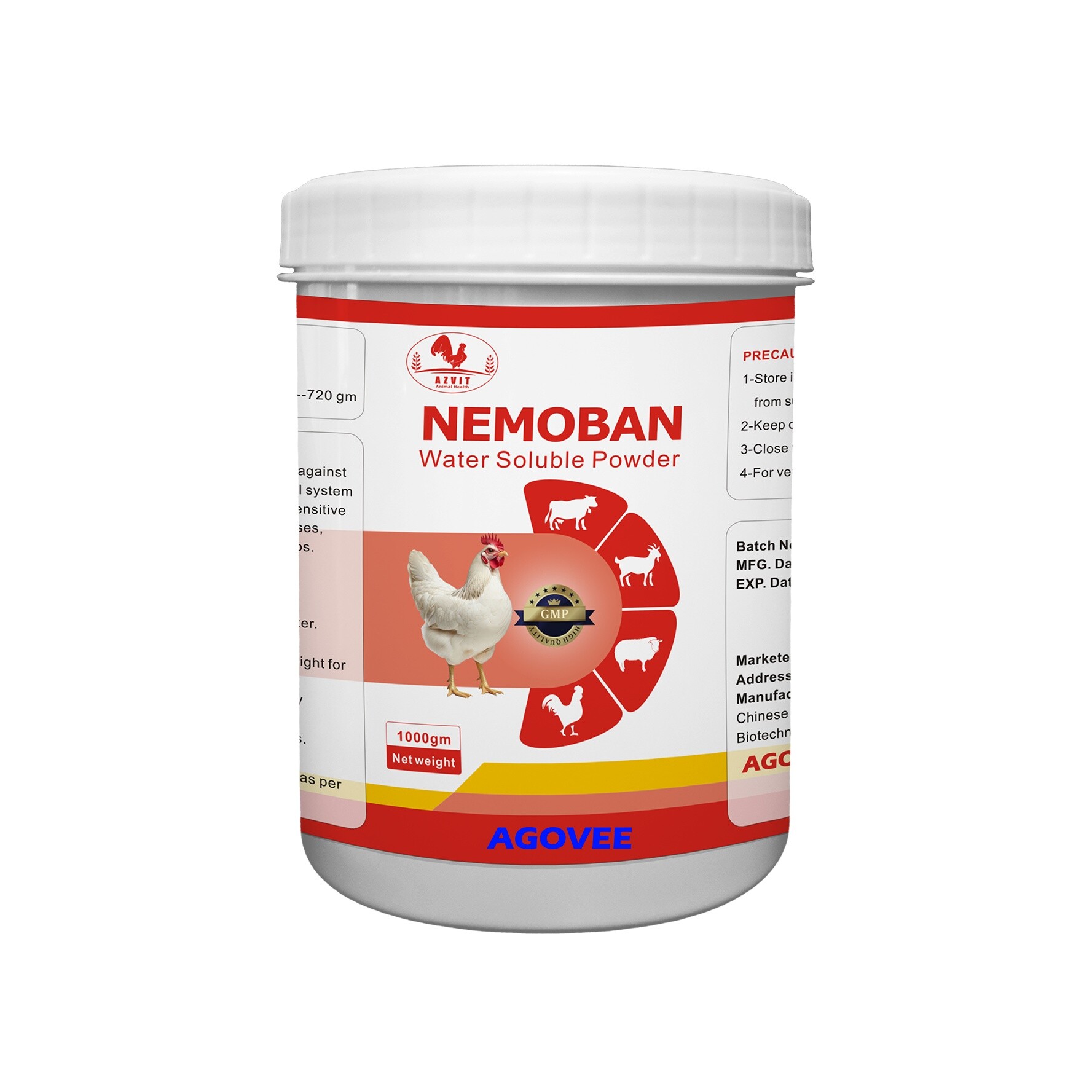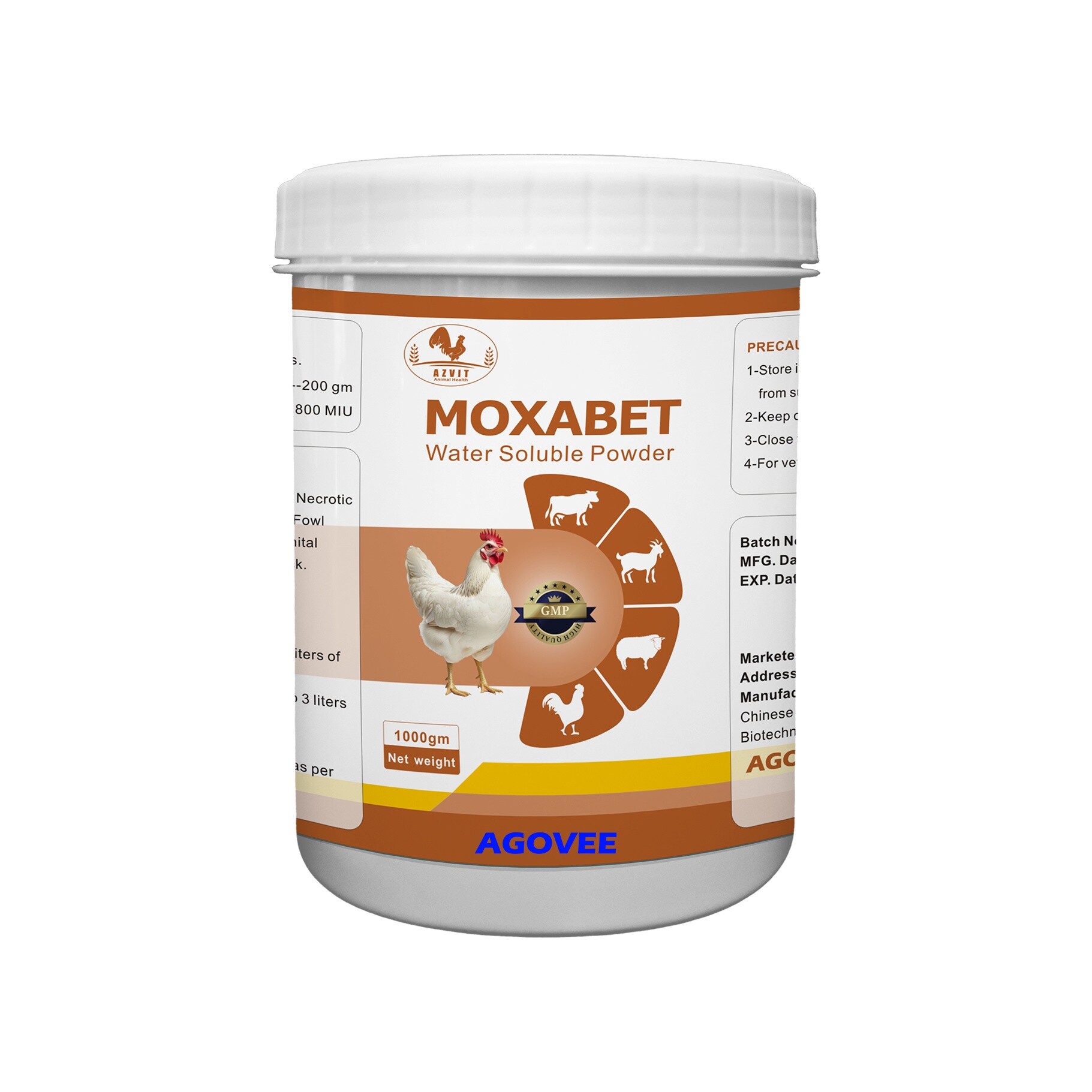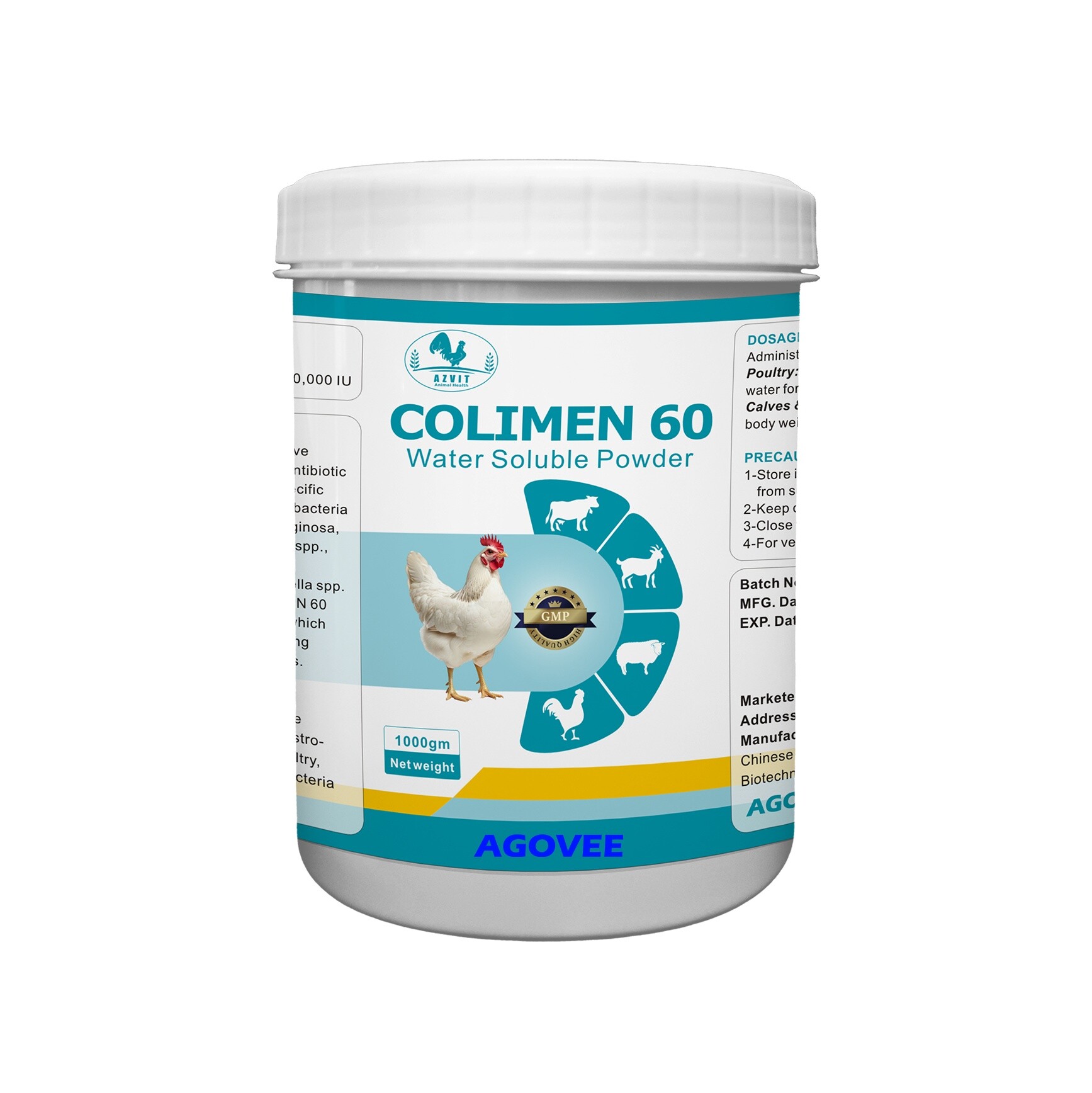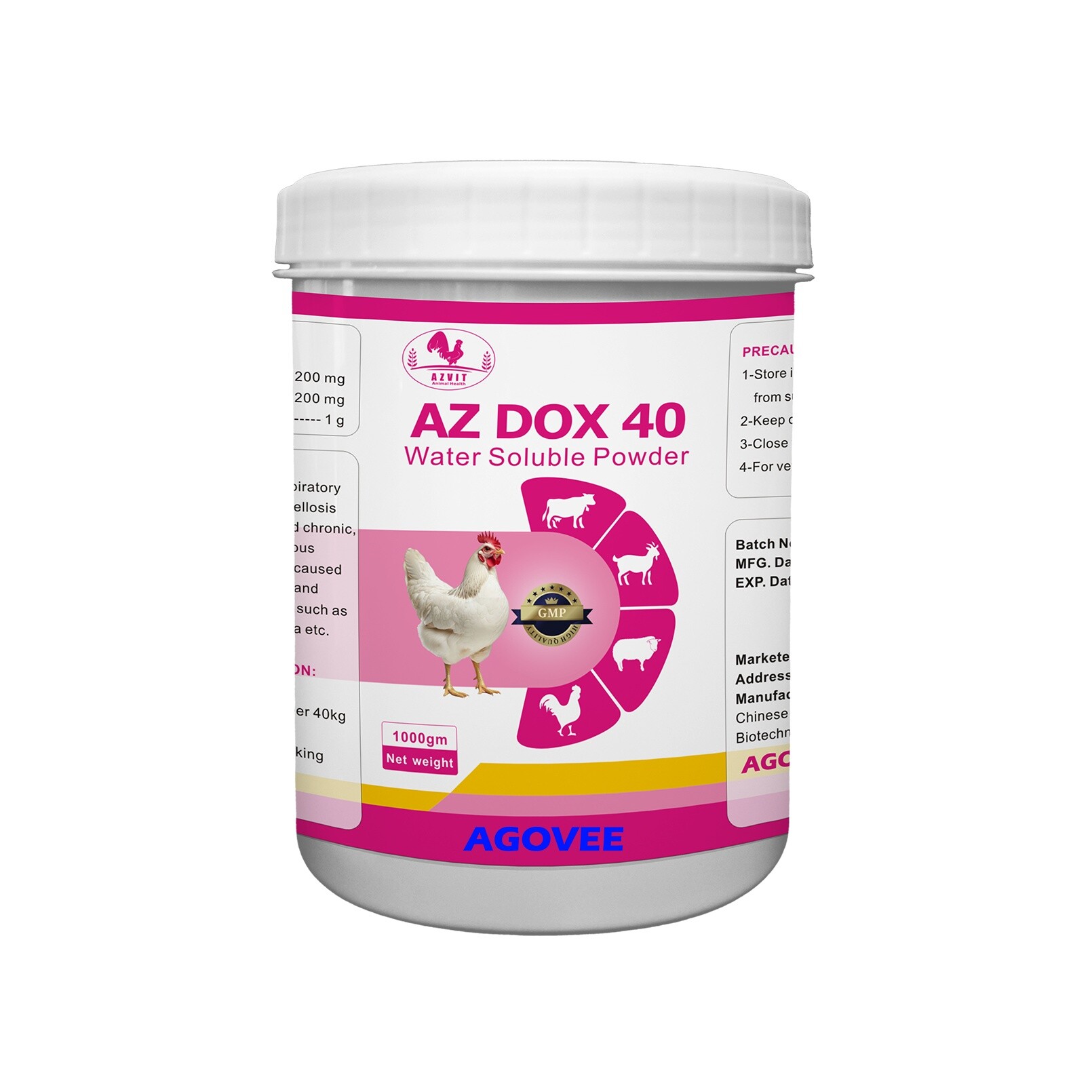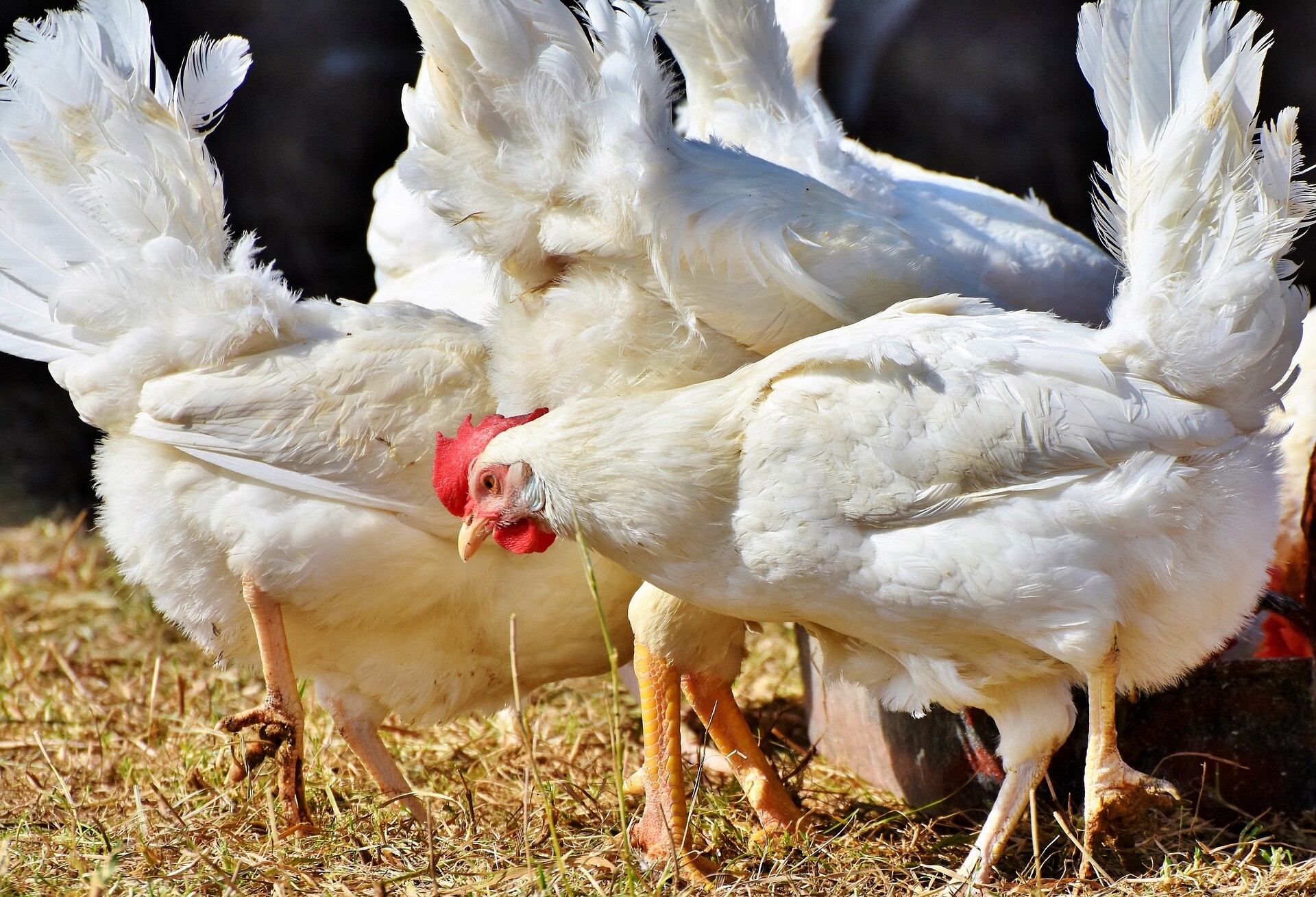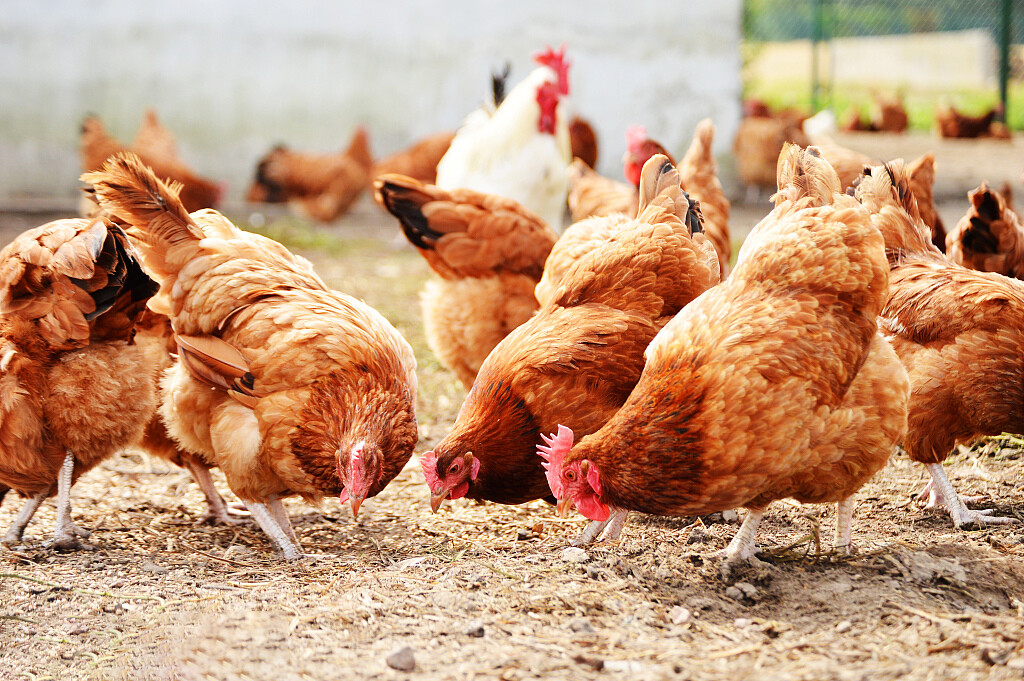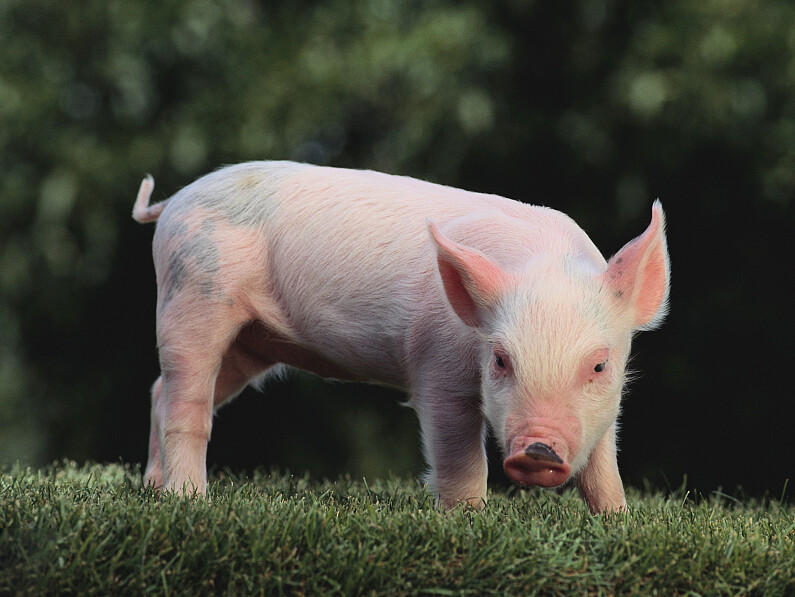ABOUT US
Agovee is an international enterprise specializing in the research, development, production and export of animal feed additives, committed to providing efficient, safe and sustainable nutritional solutions for the global livestock, poultry and aquaculture industries. With 15 years of industry experience and technical accumulation, we have become a trusted partner in the field of international animal nutrition.
OUR ADVANTAGE

OEM/ODM customization services
Customize exclusive formulas according to customer needs
Provide brand OEM (personalized design of packaging and labels)
Flexible cooperation model from small batch trial production to large-scale production

Feed research and development and production
Independently develop efficient and safe functional feed additives
Cooperate with domestic and foreign scientific research institutions to continuously optimize the formula
Develop special additives for different animal species (livestock, poultry, aquatic products, etc

Global trade and export services
Export business: for Southeast Asia, Europe, the Middle East, South America and other markets
Provide complete export document support (COA, MSDS, health certificate, etc.)
Assist customers to complete product import registration and compliance certification
news center
 Cecal Coccidia vs. Small Intestinal Coccidia: What Sets Them Apart?
Cecal Coccidia vs. Small Intestinal Coccidia: What Sets Them Apart?Introduction
Coccidiosis is a common parasitic disease affecting poultry, caused by protozoa of the genus Eimeria. Two primary types, cecal coccidia and small intestinal coccidia, exhibit distinct characteristics and require targeted management strategies. This article aims to clarify these differences and provide practical insights for poultry farmers and industry professionals.
Biological Traits and Life Cycle
Cecal coccidia, typically Eimeria tenella, primarily infect the ceca of chickens. Their life cycle involves several stages, including unsporulated oocysts ingested by birds, which sporulate in the cecum and release sporozoites to infect epithelial cells. In contrast, small intestinal coccidia species, such as Eimeria acervulina, E. maxima, and E. brunetti, target different regions of the small intestine. These species have similar life cycles but differ in their preferred site of infection and the severity of lesions they cause.
Clinical Signs and Impact on Poultry
Cecal coccidia infections often result in more severe clinical signs, including bloody diarrhea, dehydration, weight loss, and increased mortality rates. The lesions caused by E. tenella can be severe, leading to significant damage to the cecal wall and potential secondary infections. Small intestinal coccidia, while less likely to cause acute clinical signs, can lead to subclinical infections that impact bird performance, such as reduced feed conversion rates and growth retardation.
Diagnosis and Treatment
Diagnosis of coccidiosis typically involves fecal flotation tests to identify oocysts in feces. However, it's essential to differentiate between cecal and small intestinal coccidia to tailor treatment effectively. Anticoccidial drugs are commonly used to control coccidiosis, but resistance can develop, emphasizing the need for rotation and combination therapy strategies. Additionally, good management practices, including hygiene, ventilation, and reduced stocking density, are crucial in preventing and controlling coccidiosis.
Prevention and Control Strategies
Preventing coccidiosis starts with understanding the risk factors and implementing biosecurity measures. Regular cleaning and disinfection of poultry houses, along with proper disposal of contaminated feces, are essential. Vaccination can also be a valuable tool, especially in areas with high disease pressure. Moreover, genetic selection for birds with improved resistance to coccidiosis offers a long-term solution.
Conclusion
Cecal coccidia and small intestinal coccidia pose significant challenges to poultry health and production. Understanding their differences and implementing targeted management strategies are key to maintaining healthy flocks and maximizing production efficiency. By staying vigilant and adopting a proactive approach, poultry farmers and industry professionals can effectively tackle coccidiosis and ensure the well-being of their birds.
 Common chicken diseases - fowl typhoid, fowl cholera
Common chicken diseases - fowl typhoid, fowl choleraAvian typhoid
(1) Clinical symptoms
The incubation period of this disease is generally 4 to 5 days, with high morbidity and low mortality.
 How to diagnose and prevent common pig diseases yourself ?
How to diagnose and prevent common pig diseases yourself ?Disease prevention and control is the core link in the pig farming process. Understanding the characteristics of common diseases can help farmers find problems in time and reduce economic losses.
Here is a set of practical diagnosis and treatment methods, combined with clinical experience to provide actionable suggestions.
Request A Quote?
Please give us a message

